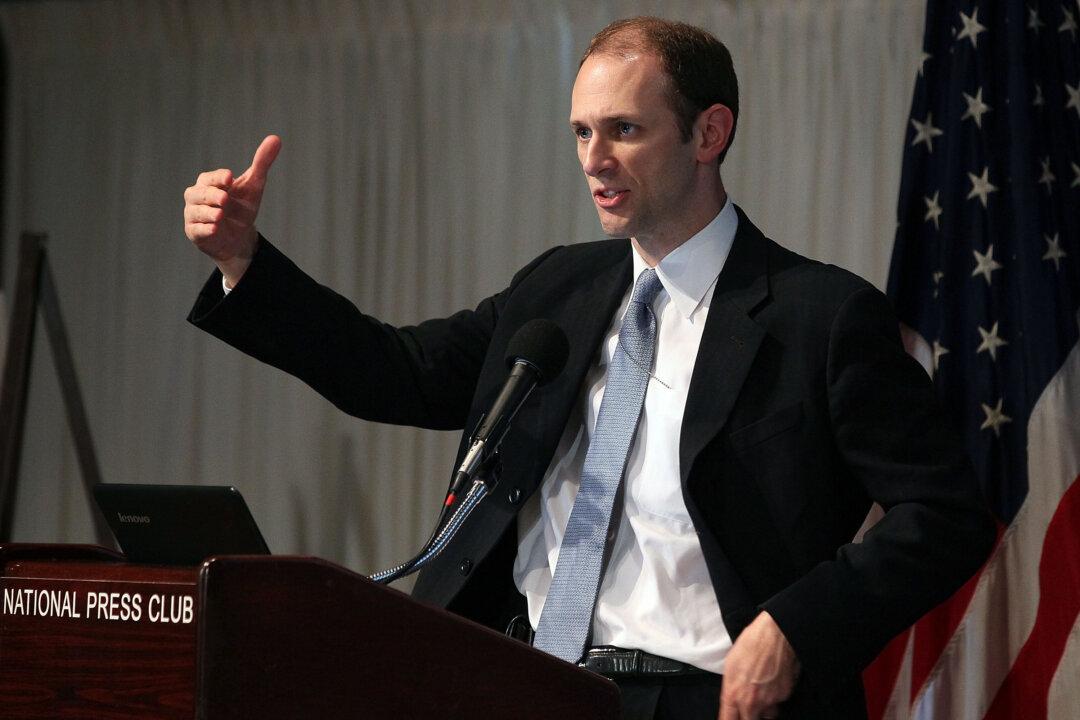The Federal Reserve could achieve a rarity of vanquishing inflation without destroying the U.S. labor market or triggering a recession, says Chicago Fed Bank President Austan Goolsbee. But the regional central bank chief warned that the “traditionalist view” of monetary policy—fighting inflation through economic pain—could result in “a near-term policy error.”
Speaking at the Peterson Institute for International Economics (PIIE) on Sept. 28, Mr. Goolsbee purported depending too much on past economic data in previous inflation battles to plot future policy decisions is a mistake. He did not endorse further rate hikes, but Mr. Goolsbee, who previously served in the Obama administration, expressed caution in his talk titled “The 2023 Economy: Not Your Grandpa’s Monetary Policy Moment.”





